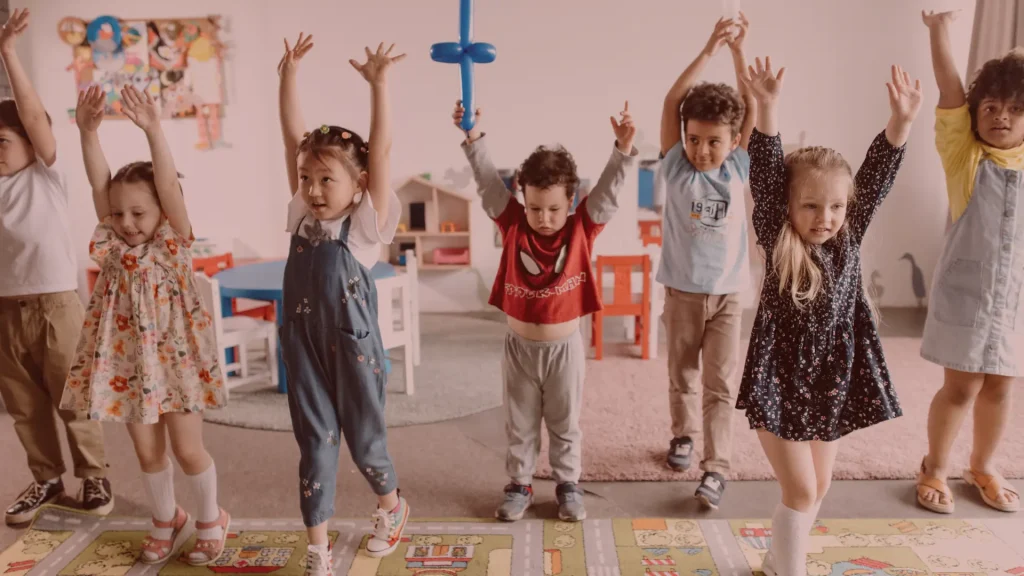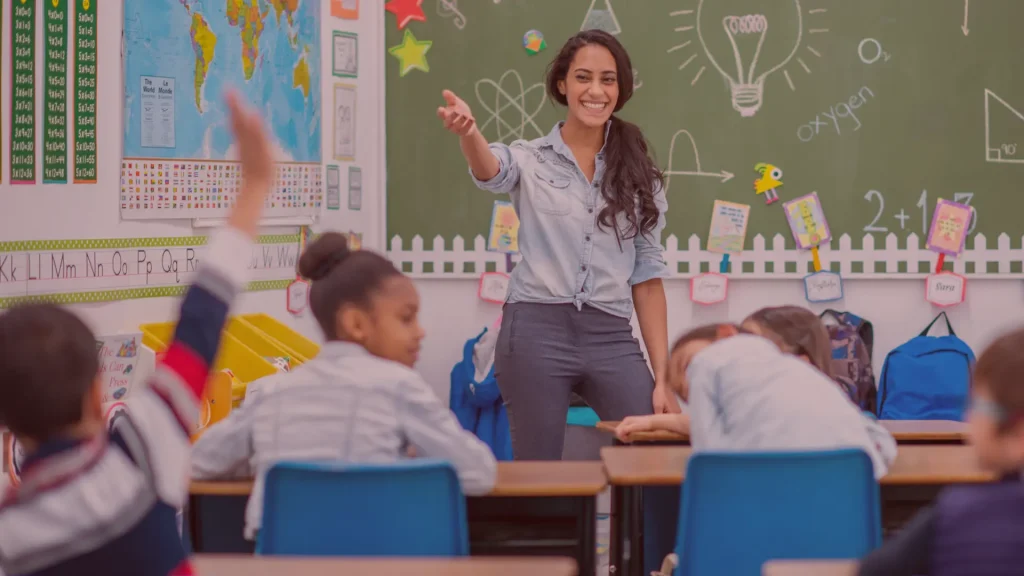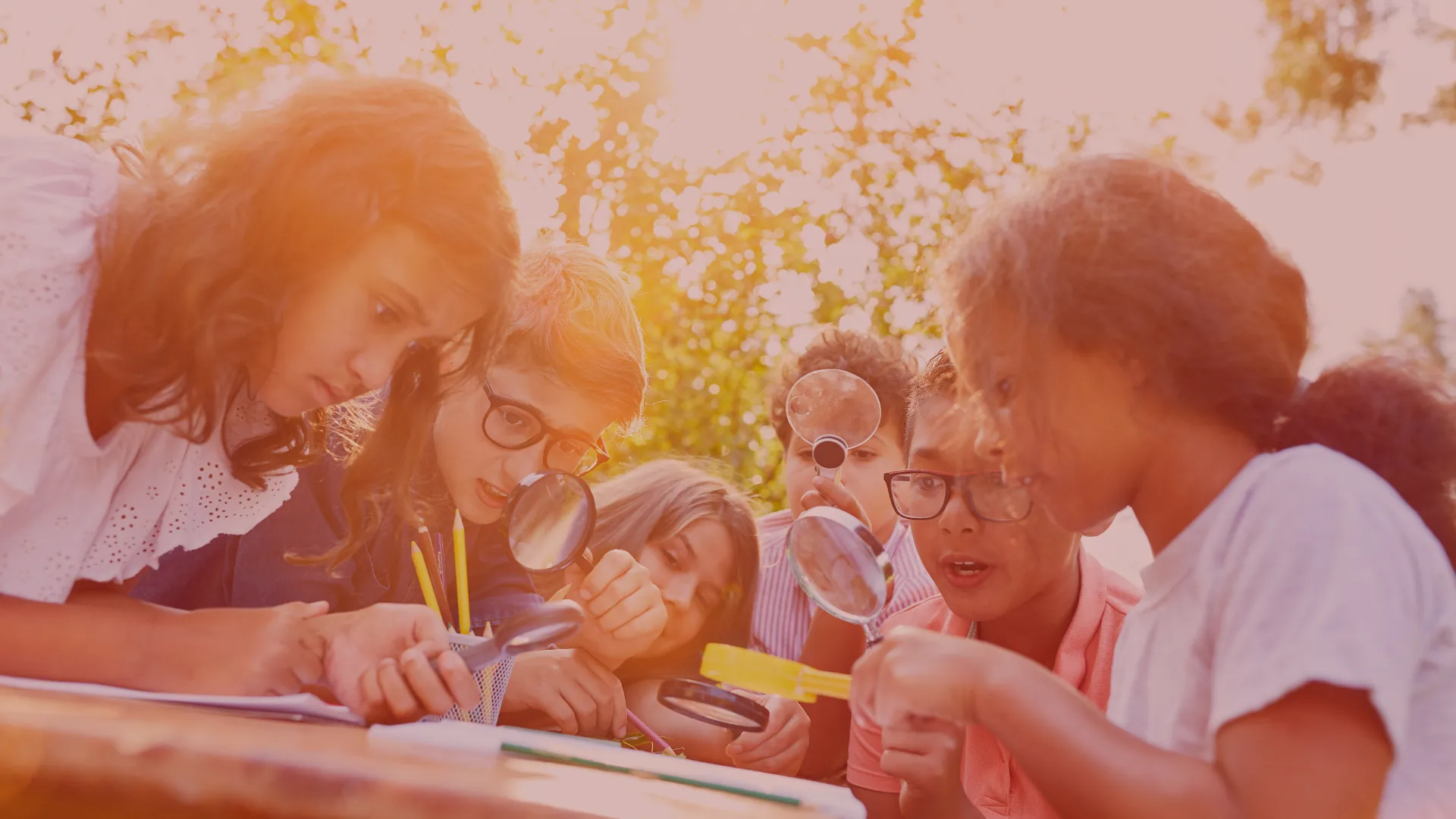The Universal Thread of Learning
Whether you’re a kindergartener learning the alphabet or a college student tackling quantum physics, one element remains constant—the environment in which you learn. Classrooms shouldn’t be static spaces confined by four walls and a chalkboard; they should be dynamic hubs that foster creativity, facilitate personal relationships, and encourage interactivity. This is the universal thread that weaves through every effective learning experience.
Redefining Productivity
The first step in our transformative formula is to challenge the traditional notion of productivity in the classroom. Conventional methods often focus on rigid lesson plans and PowerPoint presentations, equating productivity with the mere completion of tasks. However, to be genuinely productive, we need to embrace a level of unproductivity or flexibility. This allows for the organic flow of ideas and the emergence of unexpected learning opportunities.
The Living Classroom
Classrooms should be considered living, breathing entities capable of adapting to the diverse needs and curiosities of their students. A rigid structure can stifle creativity and limit the scope of learning. By allowing room for spontaneity and open discussions, we pave the way for enriching learning experiences that can’t be planned or scripted.

Real-World Applications
The second step in our formula is to make education more relevant by transforming academic lessons into real-world applications. Education should not be an isolated endeavor; it should serve as a bridge between theoretical knowledge and practical life skills. Memorizing facts and formulas is not enough; students should understand how to apply this knowledge in real-world scenarios, from solving everyday problems to making informed decisions.
The Power of Questions
Encouraging students to ask questions and explore topics that interest them can significantly enrich the learning experience. This interactive approach not only deepens understanding but also equips students with the critical thinking skills needed to navigate the complexities of the real world.

Changing Mindsets
The final step in our formula is to change our collective mindset about what education should achieve. It’s not just about grades or standardized test scores; it’s about fostering intellectual growth, nurturing passions, and building empathy. By shifting our mindset, we can create an educational system that genuinely serves its purpose—transforming individuals into well-rounded, compassionate, and curious human beings.
Conclusion
The future of education lies in our collective willingness to adapt, innovate, and focus on what genuinely matters—creating an environment where each student can flourish, both academically and personally. This is not a utopian ideal; it’s a reachable goal if we’re willing to reimagine and reinvent our approaches to education. Are you ready to be a part of this educational revolution?
FAQ’s
Productivity can be enhanced by embracing flexibility and spontaneity in lesson plans, fostering creativity, and allowing for open discussions to encourage the organic flow of ideas.
A living classroom is a dynamic space that evolves in real-time to meet the diverse needs and interests of students, fostering creativity and open discussions.
Student management systems streamline administrative tasks, track student progress, and facilitate communication between educators, students, and parents, enhancing overall efficiency and transparency.

